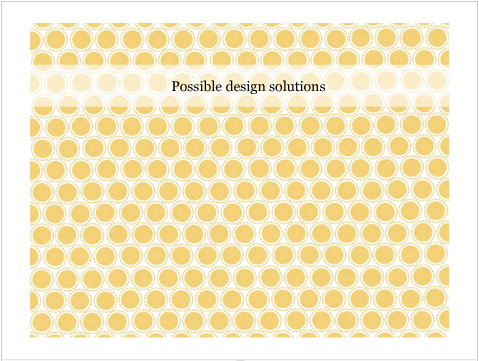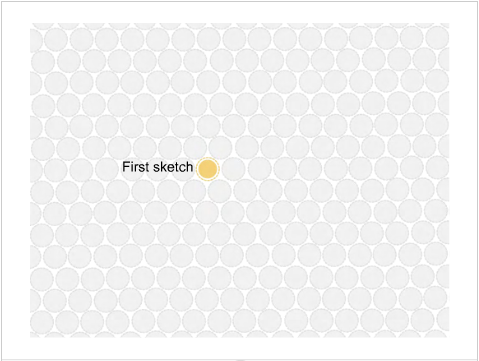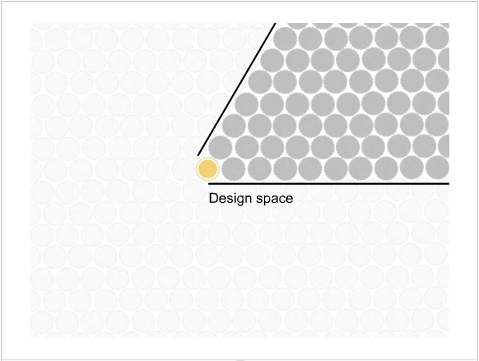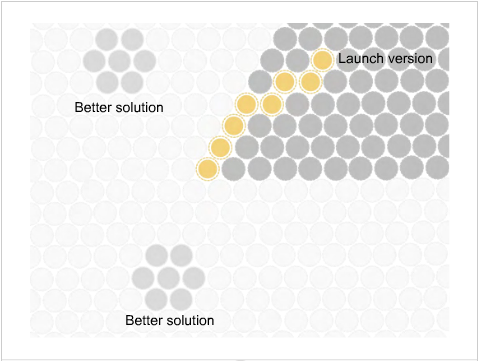Here’s a lovely series of pictorial slides from Iain Barker on the perils of rushing into a design solution too quickly.





Taken from Iain’s OzChi ’08 presentation “Context is everything”
Here’s a lovely series of pictorial slides from Iain Barker on the perils of rushing into a design solution too quickly.





Taken from Iain’s OzChi ’08 presentation “Context is everything”
This is an important point. Bill Buxton also makes it at length in his Sketching User Experiences book (and elsewhere).
Pingback: Context is everything « Simpler is better
This begs the question of how many design alternatives are enough? How can we know whether 3 or 50 alternative sketches or ideas have covered the design space? Any ideas?
I think you can only ever be truly certain is in hindsight. Say 10 years later, after your product has lived its full lifecycle in the market, and then some.
But that’s not a helpful timeframe. ;-)
Initial research can define the problem space: the breadth and variety of the human problems you are trying to address. An understanding of the limitations of your chosen technology and your business objectives will define your design space. By having an understanding of both will let you know how “narrow minded” you are being.
In other words, if you do some good solid requirements gathering research to start off with, you will have a better idea of how many ideas/sketches you need to work with. But there is no absolute answer. Design is a wicked problem.
An analogy can be drawn between patient design and crystals that have been allowed to form slowly – both are more robust and beautiful. God I sound like a hippy.
I was wondering what you meant by “Design is a wicked problem?” Maybe you can elaborate? thanks.
How many alternatives are enough? There’s a risk in providing a specific answer, but here’s my rule of thumb. In my experience, when designing software, interaction, or web sites, you need three people to independently come up with five distinct ideas. When they get together to compare, you’ll see some overlap, but 9 times out of 10 the space will be sufficiently saturated to sovle the problem. Of course, divergence (generating ideas) is only part of the process. More is required to ensure success.
Pingback: How many alternatives, concepts, or sketches are enough? « Simpler is better
Pingback: Design’s only purpose « transmogrifant